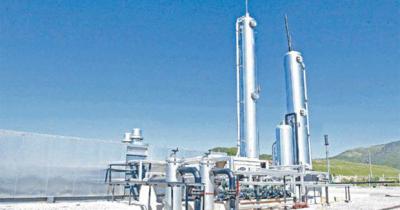What to do with residues? (Câmara de Comércio Brasil-Canadá Magazine)
- By Website Editor
- •
- 05 Oct, 2017

Finding a way to manage organic waste in an environmentally and economically appropriate manner is a challenge faced by cities and companies alike. In Brazil, Canadian solutions are inspiring organic waste treatment programs that transform waste into something useful.

CR&R is producing renewable natural gas using organic yard and food waste collected in Southern California cities and processed in an Eisenmann anaerobic digester. The CR&R facility is believed to be the largest and most automated system of its type in the world. The biogas produced from the decomposing organic waste is upgraded to the same standards and specifications of fossil derived natural gas using a
Greenlane Biogas
water-wash and vacuum pressure swing adsorption (VPSA) upgrading system. Greenlane is one of the world’s largest biogas upgrading companies with over 100 installed systems, the two largest biogas upgrading systems in the world, and now the only system meeting California’s strict Rule 30 pipeline gas quality specifications on a commercial scale. Once upgraded, the gas is injected into a new 1.4 mile section of the SoCalGas pipeline.
Renewable natural gas is a carbon-negative fuel produced from waste that can be used in trucks and buses, to generate electricity, fuel heating systems in home and businesses, and for cooking. The renewable natural gas from CR&R's digestion facility is used to fuel about 400 of CR&R's waste hauling trucks, eliminating the use of diesel and drastically reducing emissions.
Locally produced carbon-negative renewable fuel harnesses wasted energy, reduces greenhouse gas emissions and stops waste from going to landfills.

